Crocus plant care and growing guide: follow our expert advice
Our guide on how to grow crocus will show you how to look after these colorful flowering favorites
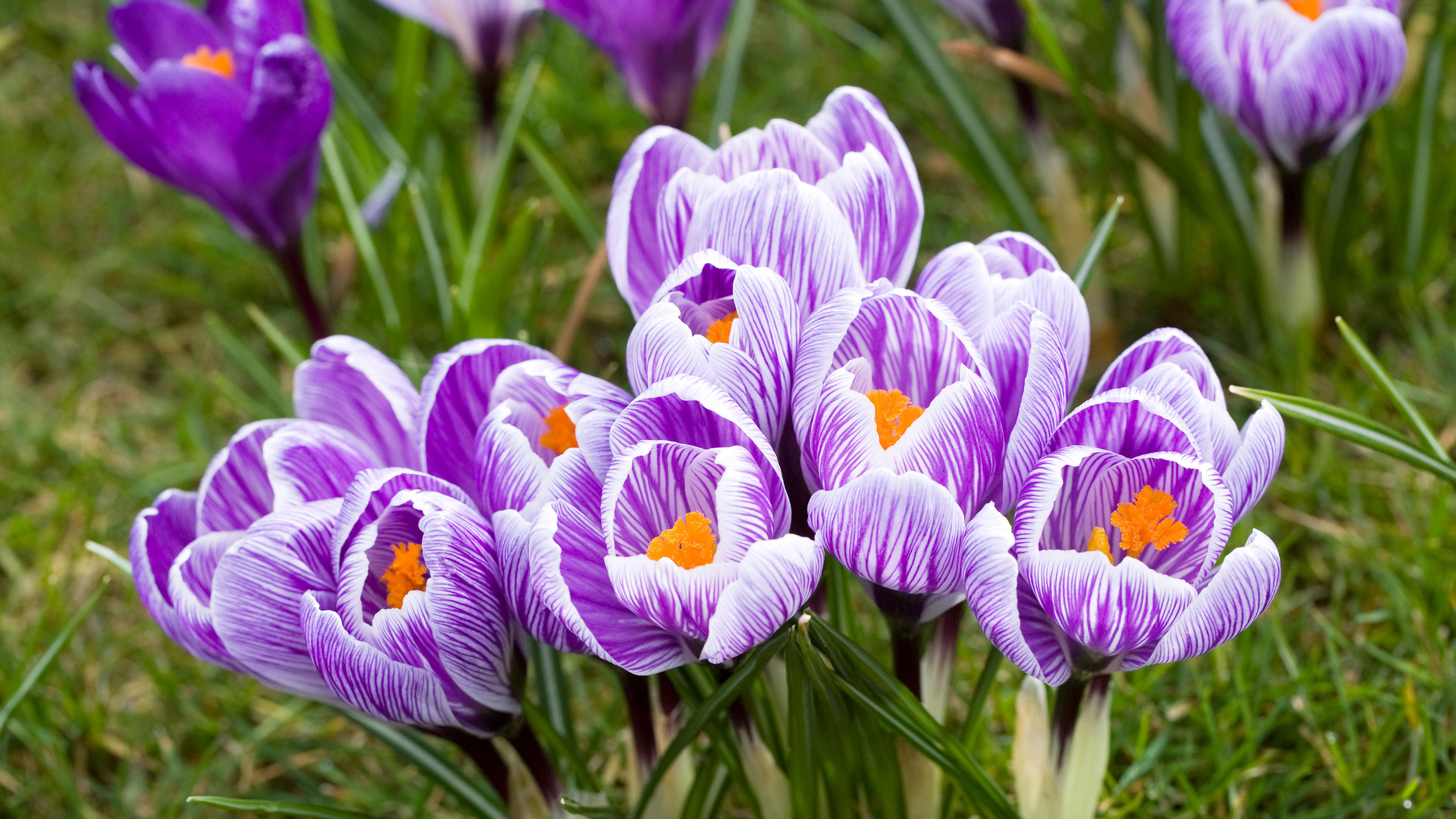

Crocus mainly come into flower in late winter and spring, giving beds, borders and containers a much-needed lift after the long winter months.
Crocuses have flowers like small, slender upright goblets, made up of three inner petals alternating with three outer petals. The whole plant is not usually taller than about 6in (15cm).
The slender dark green leaves have a fine white stripe along the center and both leaves and flowers spring from small corms, usually referred to as bulbs, not more than about 1in (2.5cm) across, with a rough, slightly stringy covering.
Each year, a new corm, or sometimes two or three, develop above the previous year’s corm as it dies away. Roots pull the new corm down to the right level.
Crocuses make a great addition to flower bed ideas big and small. They come in a wide variety of colors, although not including red, and there are also many varieties with a contrasting color in the throat or in streaks in the petals. In some, the three outer petals differ in color from the three inner petals.
The different types of crocus
Although many crocuses flower in spring, there are also varieties that flower in the fall and winter. And while it’s not usually possible to have crocus in flower from mid fall to early spring, types exist that will cover most of this period.
- Fall-flowering crocus The easiest to grow and the easiest to find from mail order sources are the varieties of Crocus speciosus. They are not often seen in garden centres or nurseries. ‘Conqueror’ is violet blue, ‘Oxonian’ is a lovely deep violet-purple and ‘Alba’ is white.
- Winter-flowering crocus: The stars of the winter flowering crocus mainly come from two species. The varieties of Crocus tommasinianus are ideal under deciduous trees where they get sun at flowering time and shade later. Look for ‘Whitewell Purple’ with reddish purple flowers that are silvery inside and the pure white ‘Albus’ for your winter garden ideas. Crocus chrysanthus enjoys well-drained sites in sun, and can also be grown in pots, try ‘Ladykiller’ in purple and white, and ‘Blue Pearl’ in lilac blue and white.
- Spring-flowering crocus: Most of the early spring flowering plants come under the heading of Dutch Hybrids. These have larger and more flamboyant flowers than other types, but a little less elegance. ‘Dutch Yellow’ has orange-yellow flowers, ‘Remembrance’ is violet.
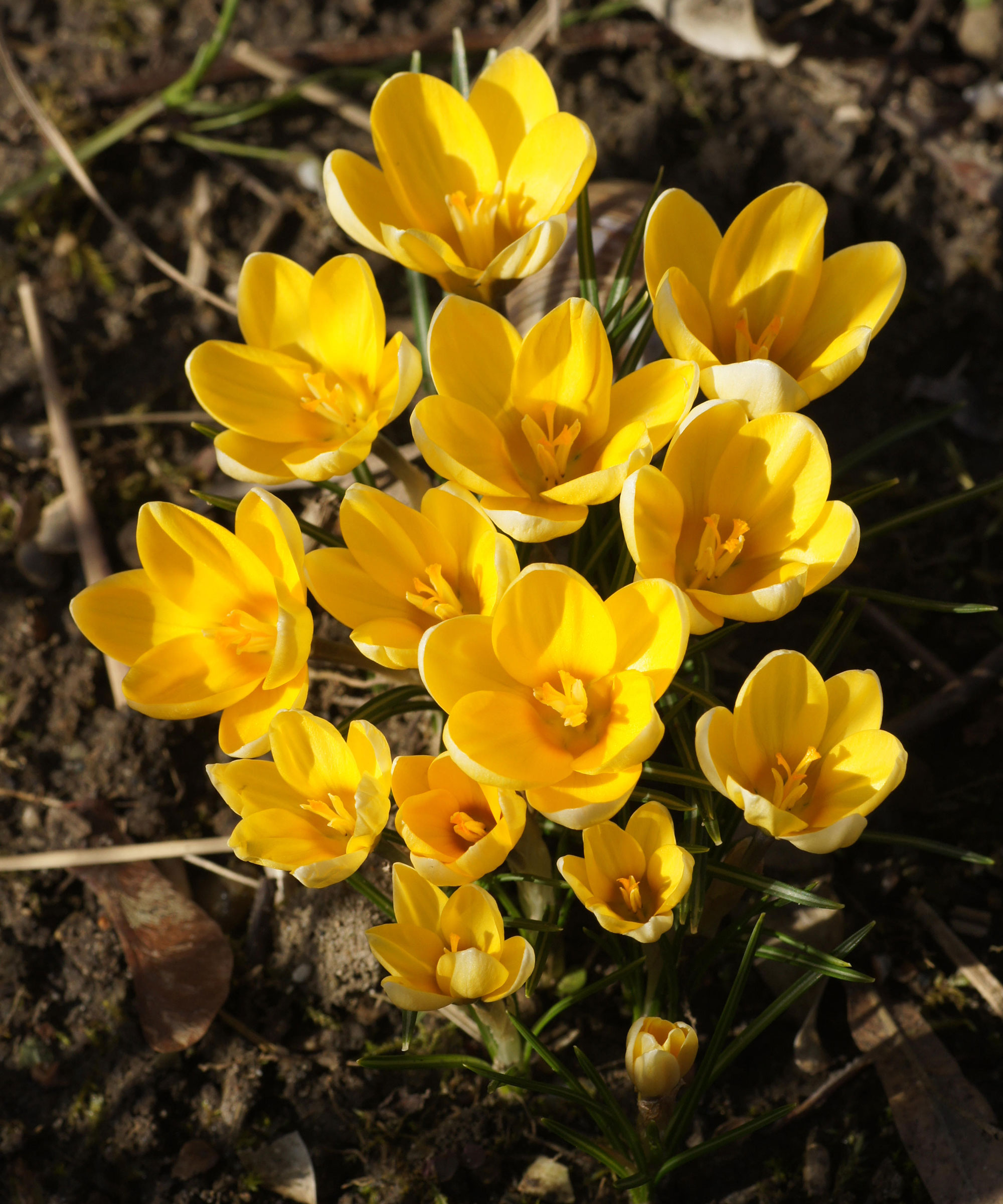
The golden tones of the spring-flowering crocus ‘Dutch Yellow’
When should you plant crocus?
Crocus corms are usually sold in packs of ten, 12 or 25. Some are on sale in garden centers and nurseries from late summer and early fall, orders from mail order sources can usually be made in summer for delivery in late summer and early fall.
Whether you're planting them in garden borders or pots, it pays to plant fall flowering varieties as early as possible, even in late summer, as they will flower from six to ten weeks after planting. Winter and spring flowering varieties can be planted at any time in fall.
The most widely grown types are easy to cultivate. All appreciate sunshine, especially while flowering and until the leaves start to die back later in spring and they are happy to be dry in summer, so under deciduous trees or shrubs is ideal. Winter varieties often grow well in raised garden beds in full sun.
Crocuses can also be planted in grass as part of your lawn ideas, but be sure to wait until the leaves die down before mowing them.
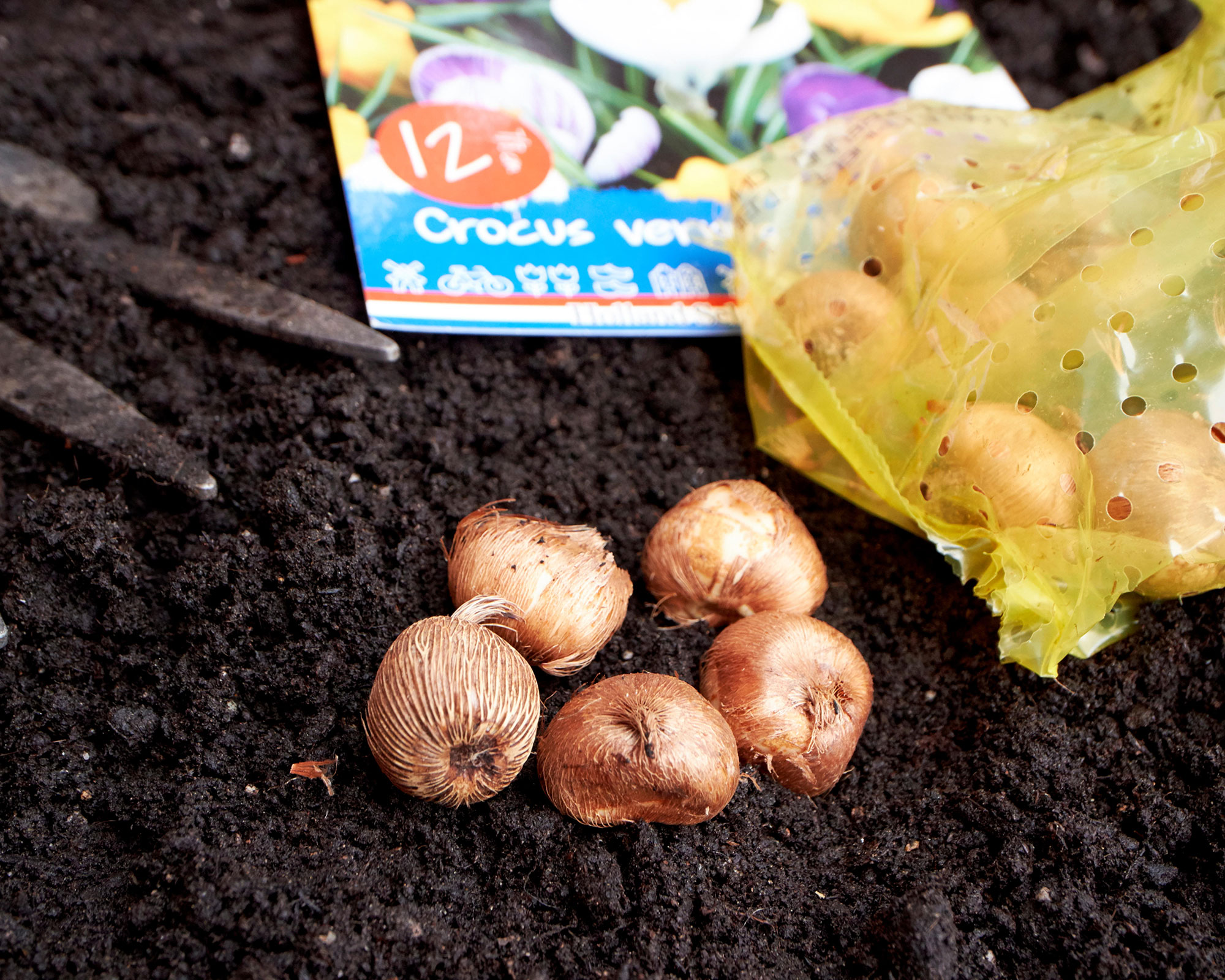
Crocus corms that flower in spring should be planted in the fall, 3-4in (7.5-10cm) deep
Tips for planting crocus
There are two main approaches for how to plant crocus bulbs. You can plant them in clumps of 10-12 corms, about 3-4in (7.5-10cm) deep, with the pointed side facing upwards and about 2-3in (5-7.5cm) apart.
Simply use a trowel or spade to dig one broad hole, work some grit into the base if the soil is heavy, make sure the base is at the right depth and then space out your corms and refill.
Another approach, especially if you prefer a more natural look, is to scatter the corms and then plant each one where it falls. Even better, with a little careful thought, you can replicate the throw-and-plant technique by placing the corms in a random pattern – some closer together and some farther apart so you can make sure there are no large gaps. Never plant crocus in rows, they just look silly.
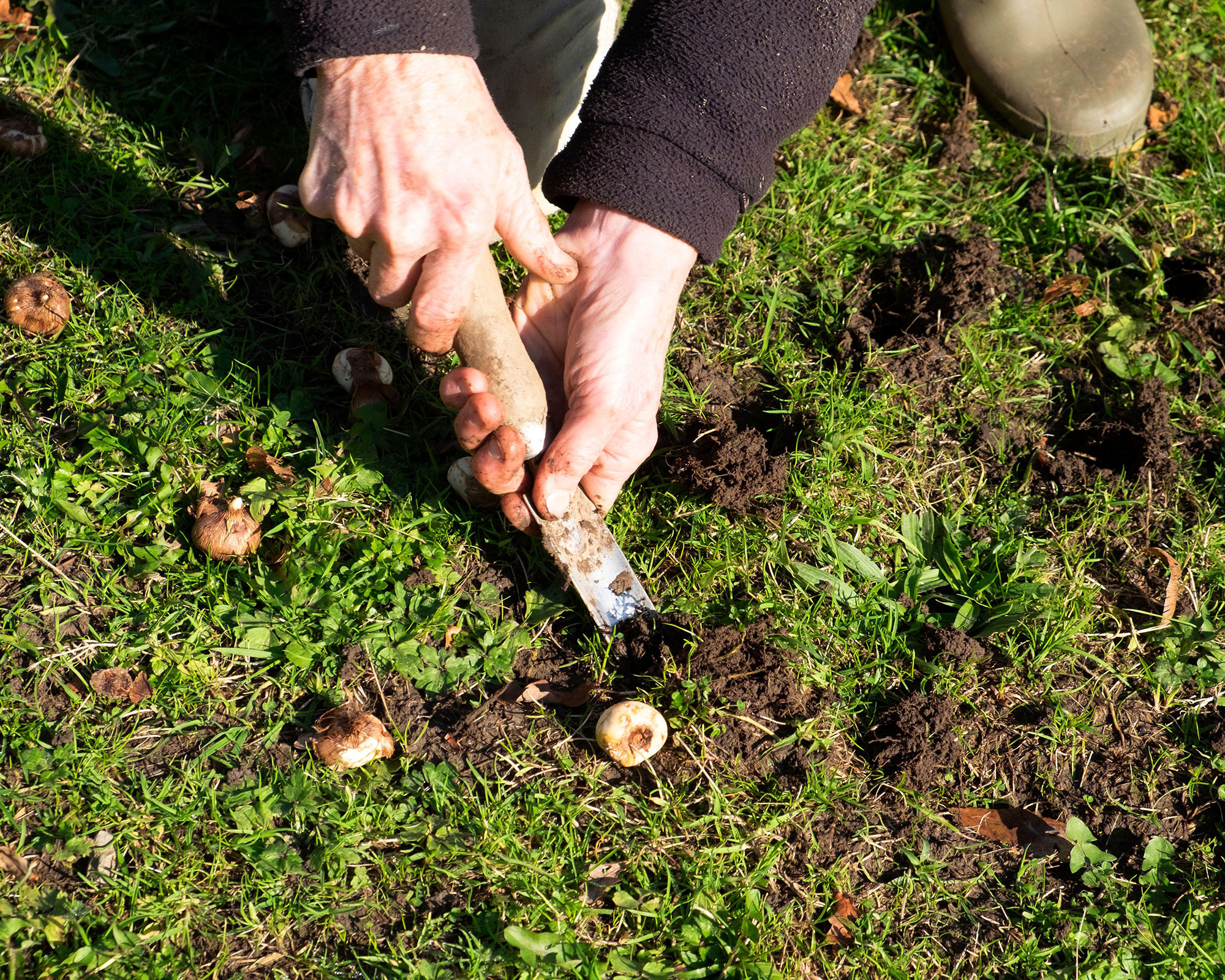
Planting crocus corms where they have been scattered on a lawn
How to care for crocus
The most important thing to remember is never to cut off the leaves until they’re dead. The leaves feed the development of the next year’s corms and also fuel an increase in corm numbers. Eventually the leaves will turn yellow, then brown, and can be pulled away – although by that stage they are hardly noticeable.
It is also important not to let evergreen ground cover plants smother the crocuses as this will prevent light reaching the leaves.
It is enormously helpful to feed crocuses too. Those in clumps will appreciate a dose of general fertilizer before the flowers emerge, while crocus in scattered natural plantings will benefit from a good mulching that the whole border should receive in autumn. A liquid feed will boost any that need it.
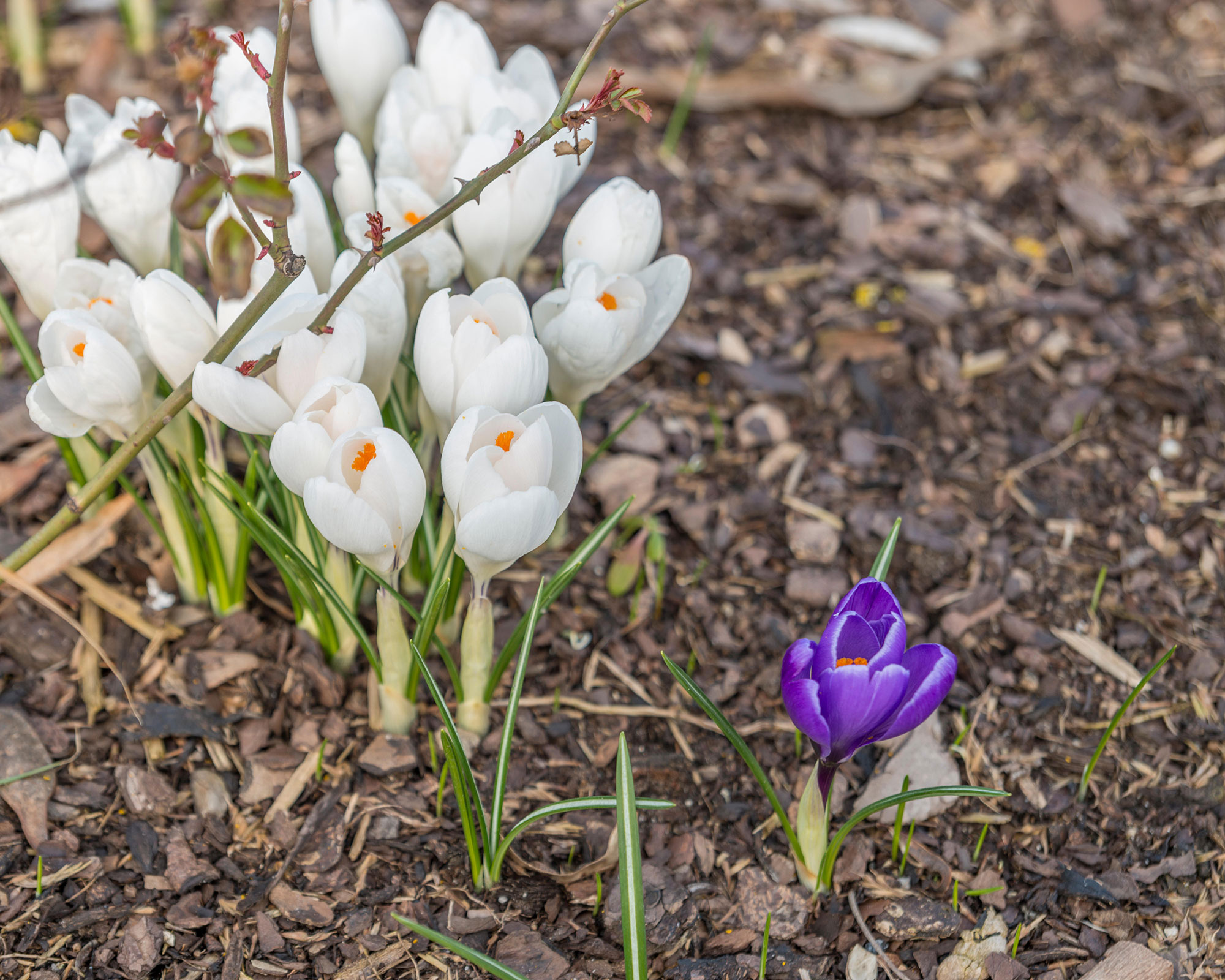
The area where crocus are growing should be mulched in the fall
How to make more crocus
Some crocuses increase from their own seed and will pop up all over the pace, even in the cracks in a shady patio. Otherwise, dig up the clumps in late summer or early fall and give them more space by replanting the corms 2-3in (5.7.5cm) apart.
Some people replant the large corms 3-4in (7.5-10cm) apart and the small undeveloped corms in between. Be sure to improve the soil at the same time.
You cannot increase numbers by cutting the corms in half.
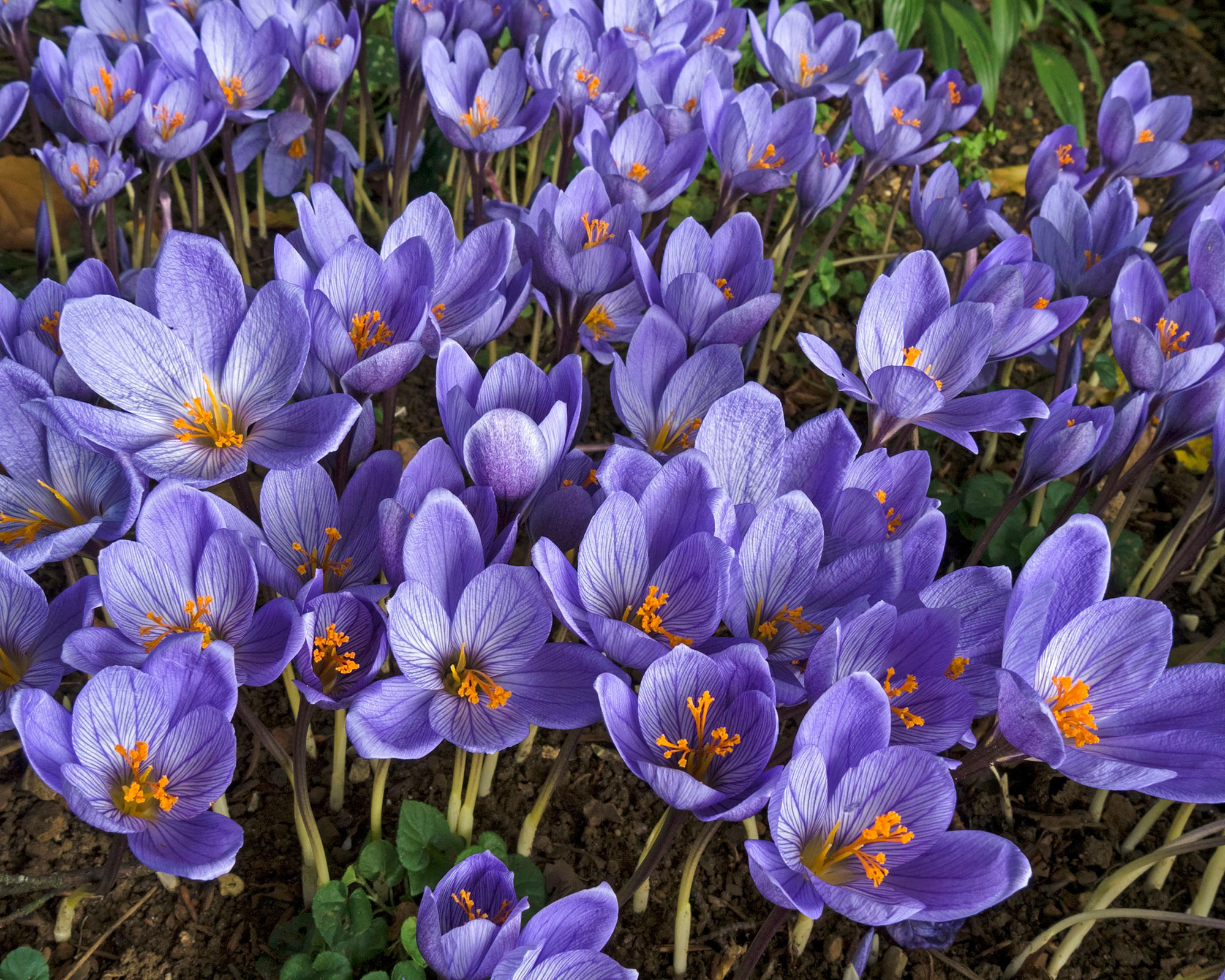
The purple flowers of fall Crocus speciosus ‘Oxonian’
Crocus problems and how to solve them
Crocus are generally trouble-free but there are a few things to look out for:
- Crocus sometimes start to produce fewer and fewer flowers and may end up not flowering at all. This is usually because their site is becoming too shady – perhaps a nearby evergreen tree is spreading its branches too widely. This not only increases the amount of shade, but reduces the amount of rain that penetrates, and that can be a problem too.
- Overcrowding is another reason that crocuses stop flowering. If your crocuses are producing leaves, but few flowers, lift and divide and replant in late summer.
- Crocuses planted in grass may produce fewer flowers if the grass is cut too soon, slicing off the green leaves before they have finished fattening up the corms for the next year. Wait until the leaves turn yellow before mowing the lawn.
- Streaking in crocus flowers, as well as twisted petals and the failure of the flowers to open properly, can be the result of virus infection which also causes blotching on young leaves. There is no treatment but it pays to dig up infected plants and burn them. Virus diseases in crocuses are spread by aphids (greenfly, blackfly) which are often hidden on the undersides of the leaves. Learning how to get rid of aphids will be a big help in preventing virus infection.
- Chipmunks and squirrels seem to enjoy digging up and eating crocus corms. Newly planted corms are usually more vulnerable, in the years after planting the roots often pull the corms down more deeply. Laying chicken wire horizontally over your newly planted clumps will help prevent the corms being dug up, choose the netting with the smallest size mesh as chipmunks and squirrels can reach through small holes. Crocus tommasinianus is said to be less popular with chipmunks and squirrels.
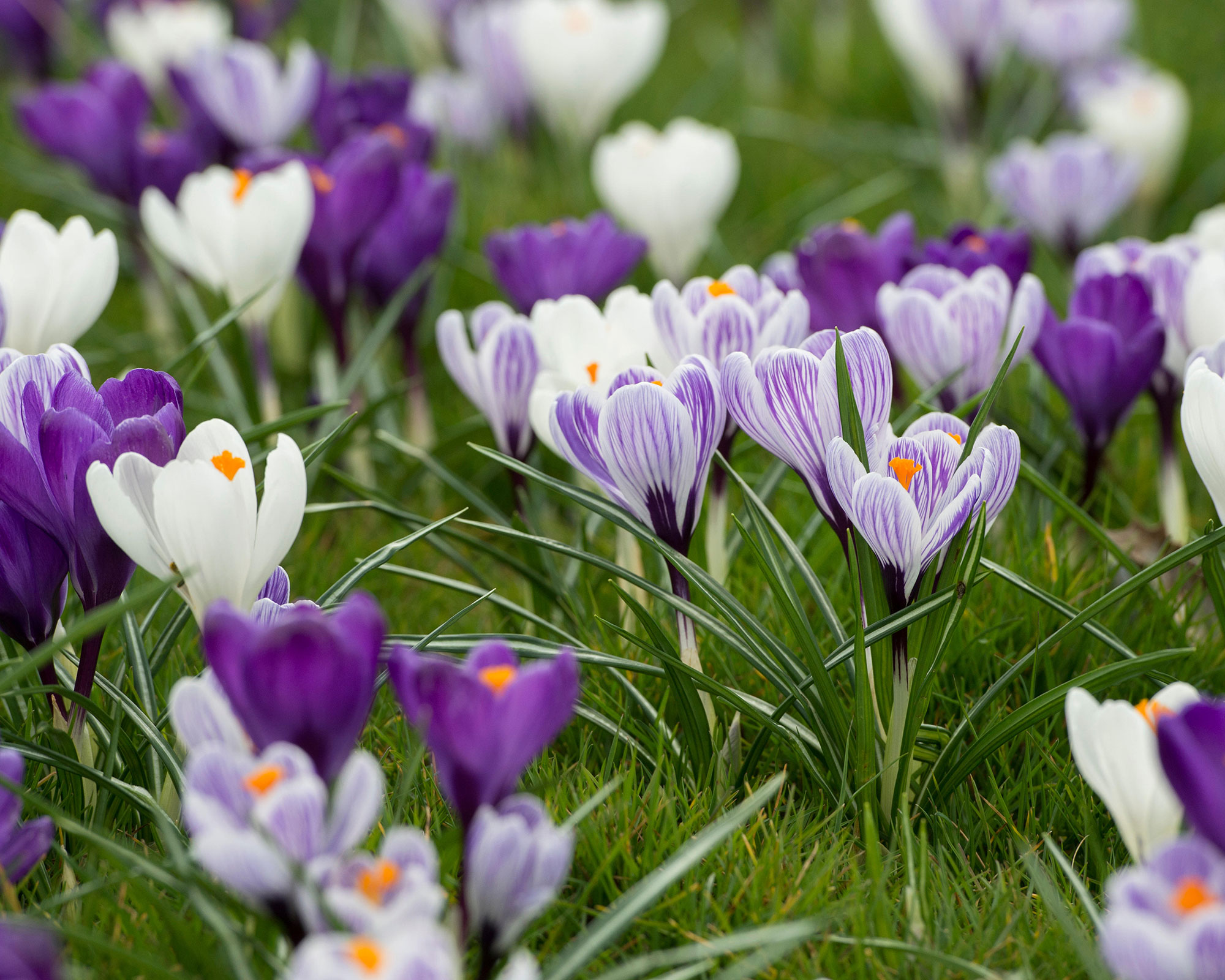
Wait for leaves to turn yellow before mowing lawns
How to grow crocus in pots
Winter crocuses, especially the neat but colourful varieties of Crocus chrysanthus, are delightful for container gardening ideas. The simplest approach is to use a regular container compost mixed with 25% grit.
Choose a pot at least 5in (12cm) wide, half-depth pots are fine for crocuses. Plant the corms so that they are almost touching and 2-3in (5-7.5cm) deep, almost fill the pot with compost then add a layer of ¼-1/2in (6-12mm) of grit – the flowers look so much better against grit than against compost.
Stand the pots outside and, if you have a cold greenhouse, when the flower buds show color move the pots inside to flower.
Alternatively, stand them by a garden path or door so you can admire them as you pass. If you move the pots into the house the stems will quickly stretch and the flowers will fall over.
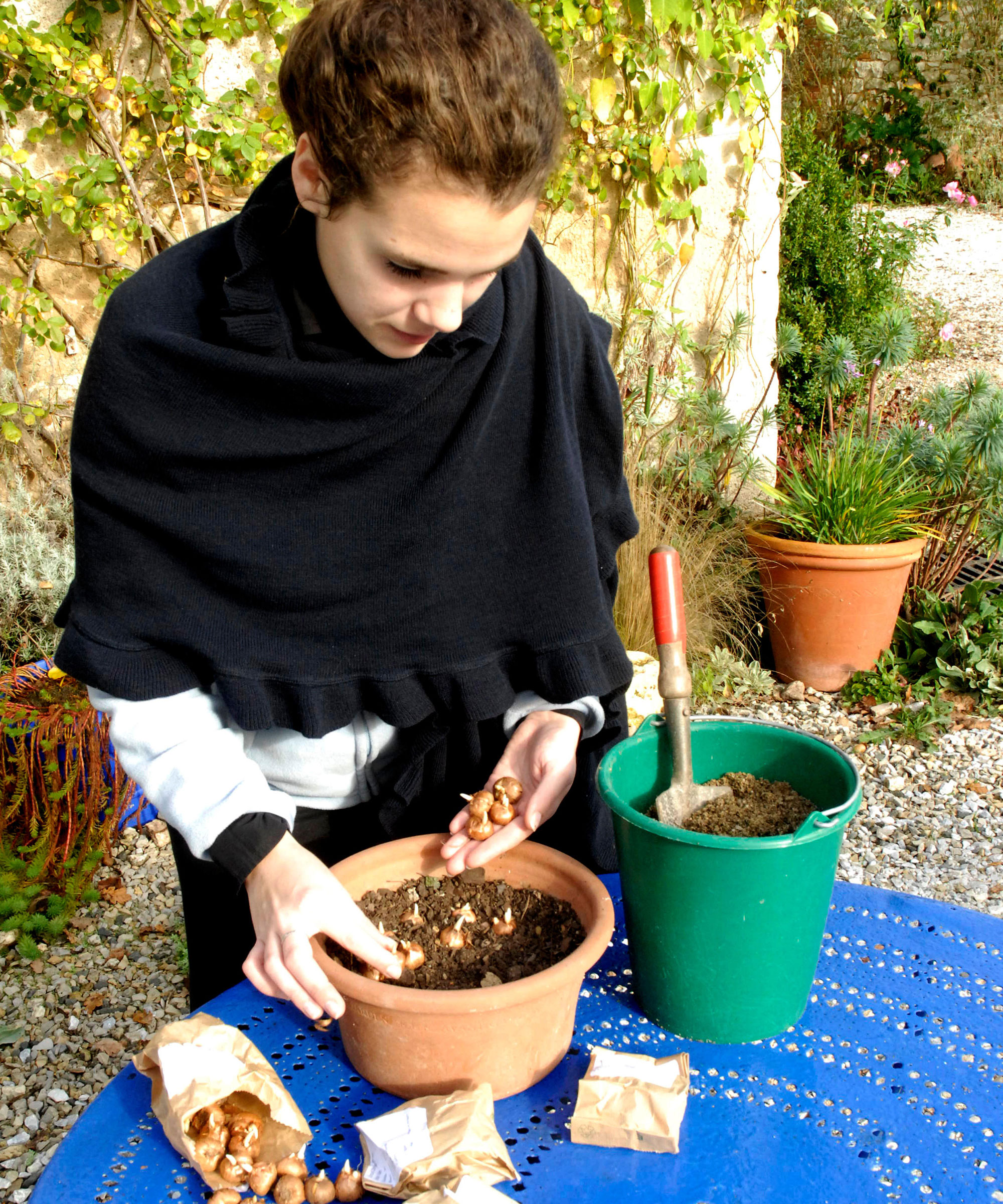
Crocus grow well in shallow pots when planted close together
I’m told that saffron comes from a crocus. Can I grow saffron myself?
Yes, saffron comes from the flower of an autumn flowering crocus, Crocus sativus. In particular, the bright red male parts of the flowers (the styles and stigmas, known as threads) are collected by hand. This explains why saffron is expensive.
The lilac flowers with their purple veins open in fall, before the leaves, and the threads must be picked and dried promptly as the flowers wilt after a day.
The corms are best planted in well-drained soil in full sun, they appreciate wet springs and dry summers. Saffron can also be grown in pots in a cold greenhouse. The corms are happy down to zone 6.
Saffron produces no seeds, but the corms multiply when growing well.
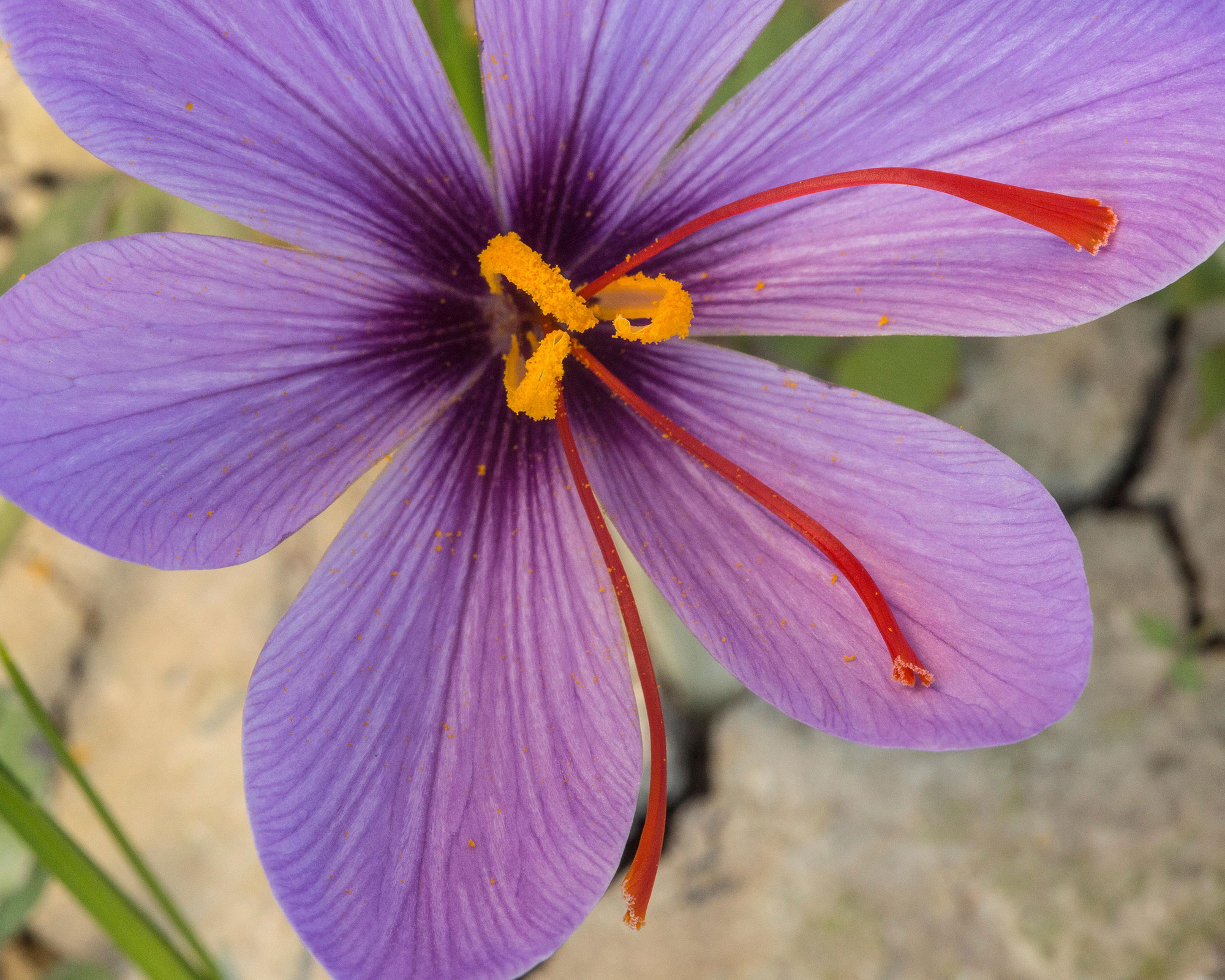
Saffron is harvested from the red stigma of Crocus sativus
Are crocus native to America?
No, crocus grow naturally in Greece and the Mediterranean region where they are adapted to the dry summers and wet winters.
They have, however, been planted in parks in New York and a few other states, and they sometimes spread from where they were planted and behave as if they are wildflowers.
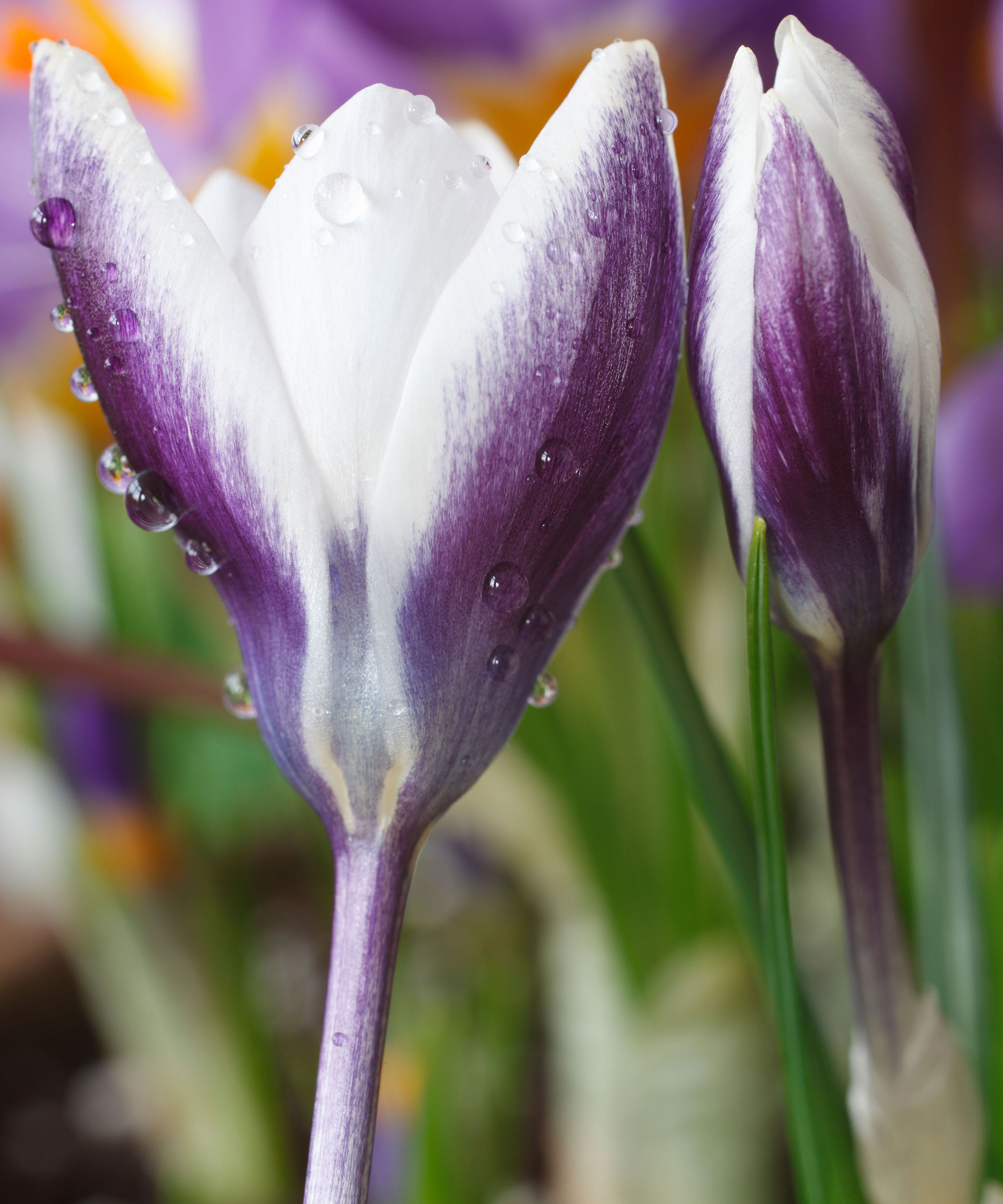
The delicate white-and-mauve winter Crocus chrysanthus ‘Ladykiller’
Will crocuses survive cold winters?
Crocuses happily grow wild in the Mediterranean, Turkey and Greece where the winters are relatively warm. However, some crocuses have proved unexpectedly hardy (USDA zone 4a) so they can be worth trying in places that experience colder winters, such as parts of Minnesota in the US. But they are a gamble to include in your winter landscaping in zone 3. ‘Vanguard’ (pale lilac), and ‘Mammoth Yellow’ are probably the hardiest.
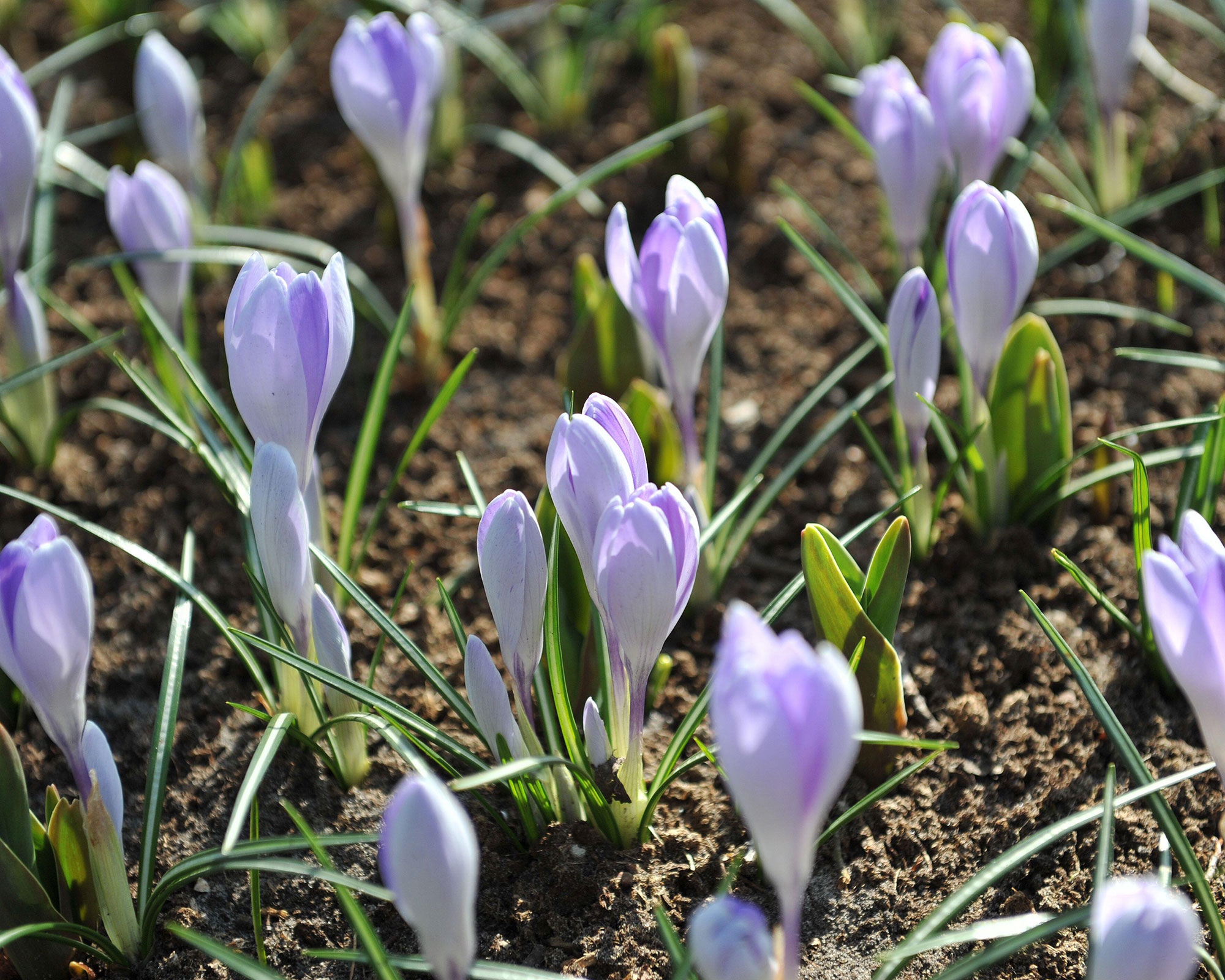
The hardy mauve crocus 'Vanguard'
Where to buy crocuses
Shop crocus bulbs in the US:
- Shop crocus at Amazon
- Shop crocus at American Meadows
- Shop crocus at Brent & Becky's
- Shop crocus at Old House Gardens
- Shop crocus at Walmart
Shop crocus bulbs in the UK:

Graham Rice is a garden writer who has won awards for his work online, and in books and magazines, on both sides of the Atlantic. He is a member of a number of Royal Horticultural Society committees and the recipient of the 2021 Garden Media Guild Lifetime Achievement Award.
